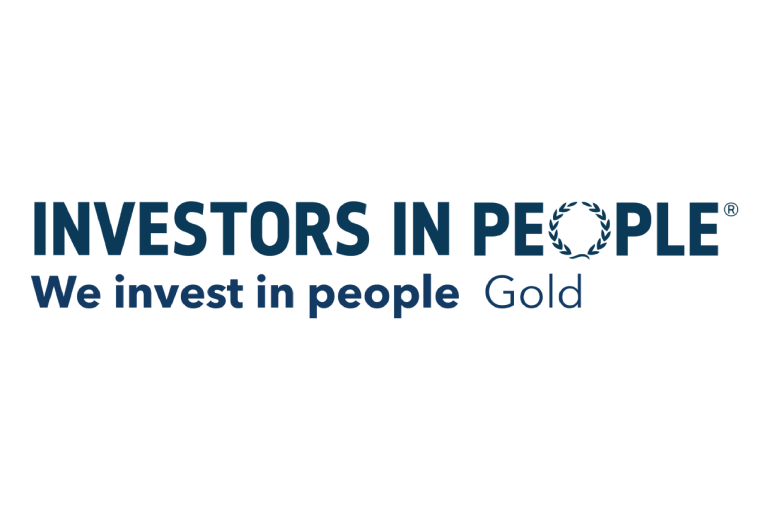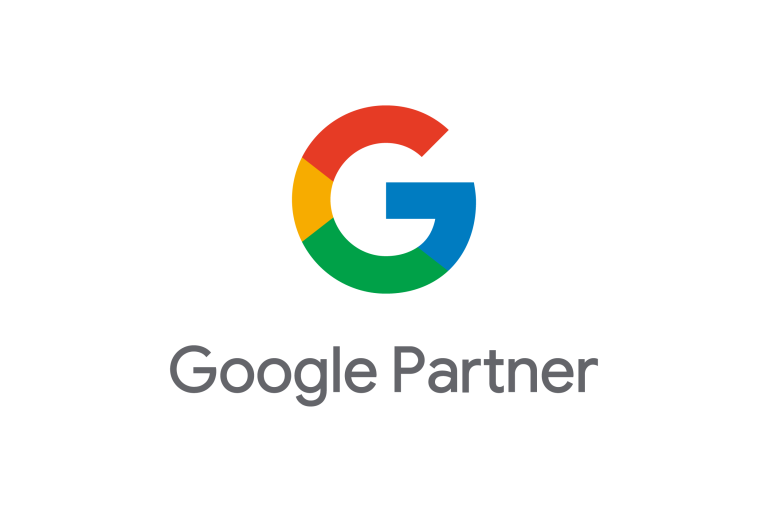
Ever wonder what decides which content we get to see on Instagram? Many businesses and creators wonder this on a daily basis as their aim is to be seen by their followers, yet this is not a guarantee – it is in the hands of the Instagram algorithm.
The Instagram algorithm has always seemed like a mystical thing that businesses and individual users were often baffled by. Whilst some factors are guessable, it was often a mystery what this algorithm was and how Instagram decided which content was shown to every user. However, it is not a mystery any longer. Instagram recently provided some additional insight into how the algorithm works.
Head of Instagram, Adam Mosseri shared in a blog post that stated “There are a lot of misconceptions out there, and we recognise that we can do more to help people understand what we do.”
The Algorithm Breakdown
First and foremost, it was revealed that there is in fact not one, all-encompassing algorithm. So many people have been wrong about this. Instead they “use a variety of algorithms, classifiers and processes, each with its own purpose. We want to make the most of your time and we believe that using technology to personalise your experience is the best way to do that.”
The majority of social media apps have an algorithm of some sort, including Facebook. Otherwise, the sheer amount of content will be too much for an individual user to navigate.
“By 2016, people were missing 70% of all their posts in Feeds including almost half of posts from their close connections. So we developed and introduced a Feed that ranked posts based on what you care about most”.
Bearing this in mind, the focus on people’s feeds will generally be posts from their friends. Whilst the explore feature on Instagram will focus on relevant topics that Instagram thinks will interest you.
The Instagram algorithm is made out of signals which determine which posts are viewed. Whilst there are potentially hundreds if not thousands of signals, Instagram revealed that there are key signals that are the most important factors:
- Information about the post (how many likes it has, when it was posted, the location etc)
- Information about the person who posted – this helps determine whether it’s a person the user knows well or interacts with regularly
- Your Activity – helps to understand what your interests are
- Your interaction history – helps understand which accounts you find most engaging.
If someone interacts more with video then you are more likely to be shown video content and vice versa with imagery. These key signals apply to both the main feed and Stories so creators need to take these signals into account.
The Explore Tab
The Instagram Explore Tab works slightly differently as it is not just content from people you are already following. It is content that the platform believes the user will like and engage with. For example, if you have recently engaged with several posts regarding interior design, you are more likely to discover posts relating to interiors on your Explore tab.
Each part of the app has its own tailored algorithm (Feed, Explore, Reels). People tend to look at their closest friends or favourite accounts on Stories, whereas they use Explore to discover something new. Therefore key signals are ranked differently.
What can businesses do?
Ensure you have a strong hashtag strategy to help improved getting discovered by new users. Once a user has engaged with your post you are more likely to start showing to their connections and it builds from there. Whilst likes are great, they are only one form of engagement. Saves and Shares are just as important.
Instagram also revealed that its algorithm is designed to help “specifically focus on what might entertain you” This therefore should be a consideration for all creators. Think about what would entertain your followers or target market. Do not just focus on the hard sell.
Mosseri also said that “Instagram tries to avoid showing too many posts from the same person in a row”.
How to train the algorithm
- Pick your Close Friends (Select the accounts that show the content you are most interested in)
- Mute people you’re not interested in – this does not mean you are unfollowing them.
- Mark recommended posts as “Not Interested”- Inform Instagram if you don’t like certain posts. They will remember this for future and you are less likely to be shown similar content.
Whilst some of the revelations of the Instagram Algorithm are to be expected, having them confirmed can help creators focus on their Instagram planning. Not only is it great for users to have transparency and know more about how to get the most out of the platform, businesses, and creators now know what some of the key factors are and can use this when creating their Instagram Strategy.









